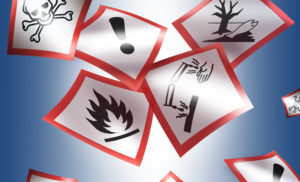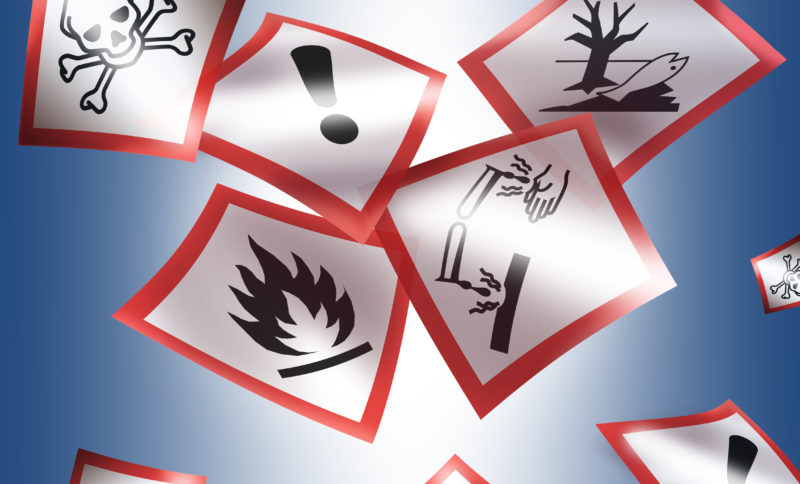The Backstory
Many of you who have been working in Hazard  Communication during the last decade would scoff at the notion of a “globally harmonized” system of classification—one in which all nations agree on the criteria used to classify the hazards of chemical substances. Although harmonization was the goal when the Globally Harmonization System (GHS) was created by the United Nations (UN) over ten years ago, it has clearly fallen short, with various regions adopting only elements of the suggested criteria. In fact, in some cases, one could take the same chemical substance, and find that it has many different apparent hazards, depending on whether one applies the US OSHA criteria (based on the 3rd Revised Edition of the GHS), or the European Union criteria (based upon the 5th Revised Edition of the GHS). Even countries which have adopted the same revision of the GHS (e.g. the US and New Zealand—both of which have adopted elements of the 3rd Revised Edition) still have differences in the final outputs, leading to multiple classifications, and in turn, multiple labels and Safety Data Sheets (SDS) needed for products placed on markets globally.
Communication during the last decade would scoff at the notion of a “globally harmonized” system of classification—one in which all nations agree on the criteria used to classify the hazards of chemical substances. Although harmonization was the goal when the Globally Harmonization System (GHS) was created by the United Nations (UN) over ten years ago, it has clearly fallen short, with various regions adopting only elements of the suggested criteria. In fact, in some cases, one could take the same chemical substance, and find that it has many different apparent hazards, depending on whether one applies the US OSHA criteria (based on the 3rd Revised Edition of the GHS), or the European Union criteria (based upon the 5th Revised Edition of the GHS). Even countries which have adopted the same revision of the GHS (e.g. the US and New Zealand—both of which have adopted elements of the 3rd Revised Edition) still have differences in the final outputs, leading to multiple classifications, and in turn, multiple labels and Safety Data Sheets (SDS) needed for products placed on markets globally.
What’s Changing
The UN Subcommittee of Experts on the GHS is seeking to solve the current harmonization woes by creating a list of suggested classifications for chemical substances. Unfortunately, because the UN has no ability to enforce the adoption of this list, the list will inherently be non-binding in nature; even so, support for this so-called “Global List Project,” has been significant. In fact, a recent survey reported by Chemical Risk Manager, states that some 96% of respondents believe the project has merit. On the other hand, more official sentiments have varied, as evidenced by the European Commission’s recent concerns that the Global List Project could require substantial additional resources; could contradict existing classifications; and could also lead to unnecessary duplication of work.
Implications
Harmonization’s merit varies depending on your perspective: on one hand, it simplifies classification and streamlines the output, i.e. labels, SDS, etc. On the other hand, harmonization may require companies to re-classify products, producing new and perhaps undesirable hazard classifications, which in turn require new product labels, perhaps new transport labels and accompanying SDSs. Manufacturers and importers should ensure that they are properly equipped to address large volumes of label and SDS changes. As the global economy works toward harmonization, with all its inherent changes, automated software-driven solutions will play a key role in helping enterprises prepare.


